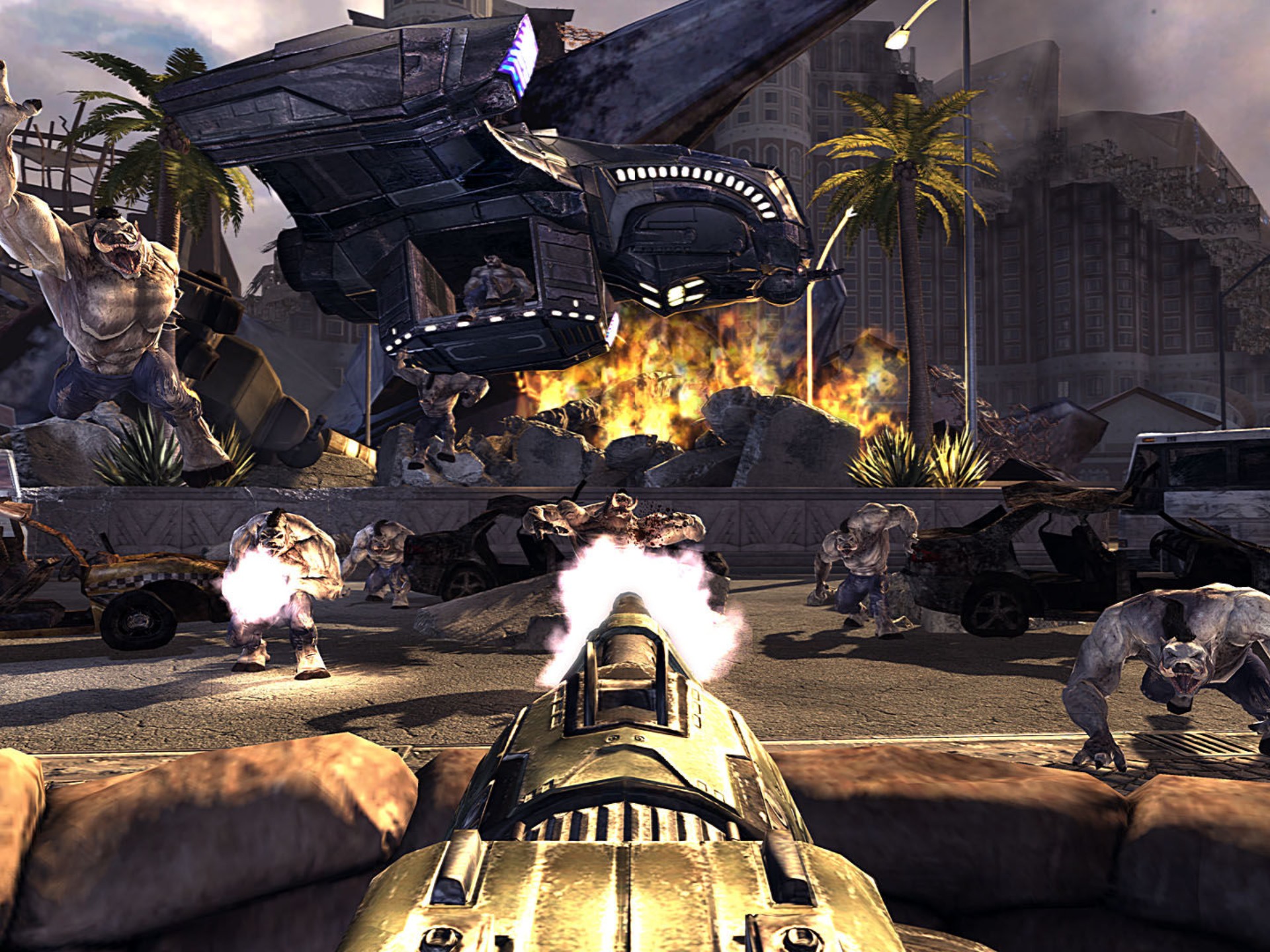Hearthstone: Kobolds & Catacombs - New Dungeons - Reviewed
By [Your Name]
Introduction
Hearthstone’s Kobolds & Catacombs expansion introduced a fresh and exciting single-player mode: Dungeon Run. Unlike previous adventures, this mode offered a rogue-like experience where players battled through a series of increasingly difficult encounters with a randomized deck. The expansion also brought new cards, mechanics, and a treasure-hunting theme that resonated well with the community.

In this review, we’ll dive deep into the Dungeon Run mode, analyzing its mechanics, replayability, and overall impact on Hearthstone’s PvE (Player vs. Environment) content.
The Dungeon Run Experience
1. Rogue-Like Gameplay
Dungeon Run was a significant departure from Hearthstone’s traditional solo adventures. Instead of pre-built encounters, players started with a basic deck and progressively improved it by defeating bosses and selecting bonus cards, treasures, and passive abilities.
- Deck Building on the Fly – After each victory, players could choose between three randomized card buckets, often themed around certain mechanics (e.g., spells, minions, or synergies).
- Treasures & Passive Buffs – Some bosses dropped powerful treasures like Wondrous Wand (reduce spell costs) or Captured Flag (+1/+1 to all minions), drastically altering gameplay.
- Increasing Difficulty – The further you progressed, the tougher the bosses became, culminating in a final showdown with a Dungeon Boss.
2. Boss Variety & Challenges
One of the highlights of Dungeon Run was its diverse and creative boss encounters. Some notable ones included:
- The Darkness – A shadowy entity that filled your deck with useless "Candles" unless you played around its mechanics.
- Xol the Unscathed – A dragon boss that grew stronger each turn, forcing aggressive strategies.
- Azari the Devourer – A demon that burned cards from your deck, pressuring you to win quickly.
Each boss required different strategies, ensuring that no two runs felt identical.
Strengths of Dungeon Run
1. High Replayability
Unlike linear adventures, Dungeon Run encouraged multiple playthroughs due to:
- Randomized Decks & Rewards – No two runs were the same, making each attempt feel fresh.
- Multiple Classes – Each of Hearthstone’s nine classes had unique starting decks and potential synergies.
- Secret Discoveries – Some treasures and card buckets were rare, incentivizing players to keep trying.
2. Free-to-Play Friendly
Unlike previous adventures that required gold or real money to unlock, Dungeon Run was completely free. This made it accessible to all players, regardless of their card collection.
3. Creative Card Design
The expansion introduced Recruit (summoning minions directly from the deck) and Unidentified Items (cards with random bonuses), which added unpredictability and fun to deck-building.
Weaknesses & Room for Improvement
While Dungeon Run was widely praised, it had some flaws:
1. Luck-Based Progression
Since card buckets and treasures were random, some runs felt unwinnable due to poor synergy. A bad early draft could doom an otherwise strong attempt.
2. No Rewards Beyond Bragging Rights
Unlike other adventures that rewarded cards or packs, Dungeon Run only offered a card back for completing all nine classes. Some players wished for more incentives.
3. Limited Long-Term Engagement
After defeating all bosses, there was little reason to replay except for fun. Future dungeon modes (like Monster Hunt and Dalaran Heist) improved this by adding hero powers and additional challenges.
Legacy & Influence on Future Modes
Dungeon Run set the foundation for Hearthstone’s future PvE content:
- Monster Hunt (The Witchwood) – Introduced unique heroes with special abilities.
- Dalaran Heist (Rise of Shadows) – Added more treasures, branching paths, and an Anomaly mode for extra replayability.
- Tombs of Terror (Saviors of Uldum) – Featured multiple chapters with escalating difficulty.
The rogue-like formula proved so successful that Blizzard later introduced Duels, a PvP mode borrowing similar mechanics.
Final Verdict
Kobolds & Catacombs: Dungeon Run was a breath of fresh air for Hearthstone’s solo content. Its rogue-like structure, creative bosses, and endless replayability made it one of the best PvE experiences in the game.
Pros:
✔ Highly replayable
✔ Free for all players
✔ Innovative boss designs
✔ Fun treasure mechanics
Cons:
❌ Some runs felt luck-dependent
❌ Lack of meaningful rewards
❌ Limited long-term engagement
Score: 9/10 – A Must-Play for Hearthstone Fans
Whether you're a veteran or a new player, Dungeon Run remains one of Hearthstone’s most enjoyable modes. If you haven’t tried it yet, grab your torch and venture into the catacombs—just watch out for the Kobolds!
Tags: #Hearthstone #KoboldsAndCatacombs #DungeonRun #Blizzard #CardGames #GamingReview #Roguelike #SinglePlayer #HearthstoneAdventures
Would you like any modifications or additional sections? Let me know!


















